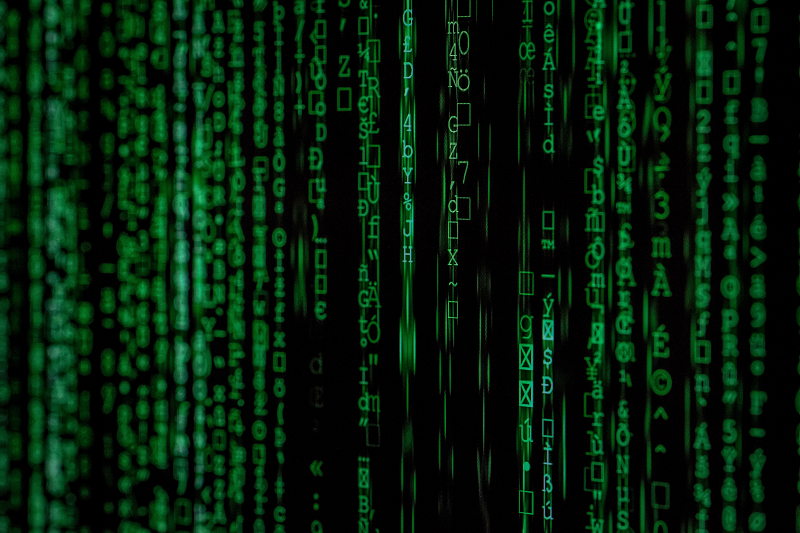How Can Knowledge Graphs Solve Machine Learning Problems
Ken Rogers, SEO Specialist
The world has advanced to the point where machines now use artificial intelligence (AI) to perform human functions, thanks to the digital age. Machines cannot carry out certain functions unless they are programmed with a knowledge graph, which would contain all the information they require to address the problems efficiently.
A knowledge graph contains properties or structured information connecting one dataset to another. Knowledge graphs are essentially used to store connected descriptions of things, circumstances, events, or concepts, which are then encoded into the desired machine. The machine will then be able to choose what works for the specific problem to be solved because the information in the graph is interlinked. Machine learning will be ineffective without a good knowledge graph, and this article outlines a few ways knowledge graphs can address machine learning issues.
Improves Outcome Accuracy: A Knowledge graph is not necessarily a part of machine learning, but it can help improve the accuracy of the machine's outcome. Since the knowledge graph is the primary storage point for interrelated information, the machine has to choose information according to how it is placed in the graph and solve problems. Say you are working with a machine learning or AI tool; after inputting the problem you want to solve into it, the machine consults the knowledge graph to find data sets that are likely to be used to solve the problem you are facing. Your problem will be solved effectively if the correct data set is found. The outcome will also be accurate because knowledge graphs follow a structure of interrelated data.
Information Search and Retrieval: Knowledge graphs enable intelligent online information discovery. When a product is searched, for example, machine learning will return images related to the product. Knowledge graphs, on the other hand, help to demonstrate more contexts for the product search. Knowledge graphs assist machine learning in retrieving other valuable data about the product and answering search questions. When a knowledge graph is combined with machine learning, the machine can interact with humans as if they were also humans. It employs a more conversational approach to information search and retrieval. It helps machines understand the relationship between entities and the attributes they share.
Facilitate Access to Data: Knowledge graphs help machine learning by facilitating access to various data sources. Machines have limited data; they only learn based on their provided data. The knowledge graph is the portal between machine learning and a pool of information. Data are linked together in knowledge graphs. It also provides access to more data sources, which would help the machine generate more context to solve problems. Knowledge graphs make it possible to feed better and richer information into the machine learning algorithm. This is done through a series of interconnected nodes and edges.
Facilitates Decision Making: Machine learning can make more informed decisions because of knowledge graphs. The knowledge graph already provides a model of how everything is related, so the computer needs to perform a few simple tasks. The computer can reach judgments or conclusions by determining how certain events and concepts are related to one another. Graphs offer pertinent information and responses to particular queries. As a result, the machine already has all the information it needs to make a judgment.
Insight From Hierarchical Data: Knowledge graphs also assist machines by revealing the information hierarchy. The graph also depicts the relationship between concepts and events, the sequence of events, and the information hierarchy. The sequence informs the machine about how and when an event occurs with previous occurrences. The machine can provide solutions based on the hierarchy events as they have organized in the knowledge graph thanks to the insight on hierarchy. However, it is essential to note that machines can solve problems because humans created the knowledge graph.
Machine learning cannot produce beneficial results unless encoded with a knowledge graph. The knowledge aids in combining soiled data sources, which the machine then uses to obtain information. Assume that the machine has limited information to work with. How can it provide a sufficient solution? It is critical, however, that you carefully construct a knowledge graph that will aid the performance of your computer. The primary benefit of using a knowledge graph in a machine is to improve context, efficiency, and explainability. If your AI does not perform these functions, you should investigate.
About the Author:Ken is an experienced SEO professional. He assists businesses in improving their search engine results by optimizing copy and landing pages, as well as conducting continual keyword research. He is also very skilled in researching and implementing content recommendations for organicSEOsuccess


